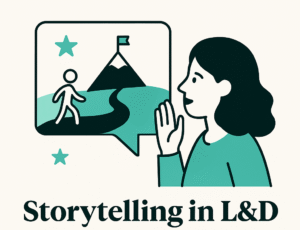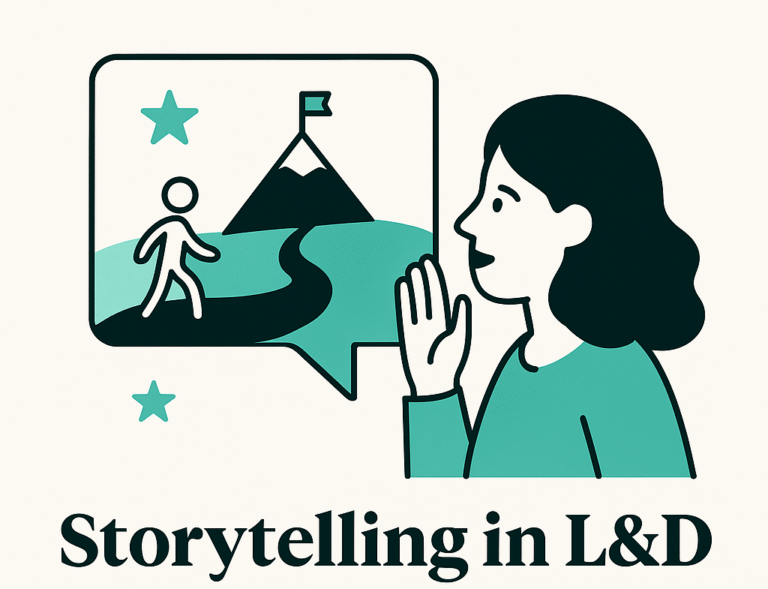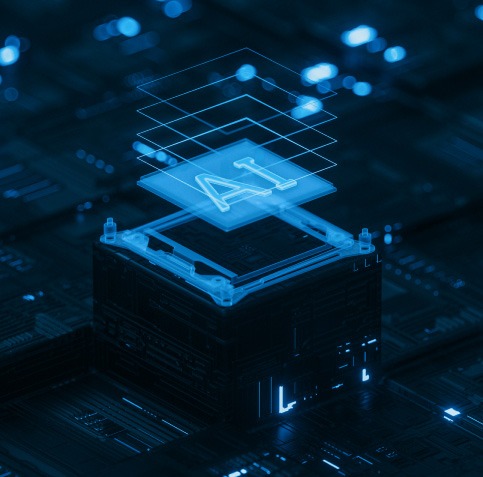By Jeffrey G. Soper, Ph.D. Certified AQai Partner and Suha F. Daou, Ph.D., principals of LIPPartners INC
When it comes to achieving workplace actualization and learning to be adaptable, where should your organization start?
First, it’s important to understand how we’ve arrived at our current world of work.
The first three industrial revolutions – mechanization, electrification and digitization as they are respectively referred to – made work faster, precise and efficient.
Today, the fourth industrial revolution rolls on, representing an age of automation driven by technologies like artificial intelligence and the Internet of Things (IoT) that further improve the efficiency of work.
Unlike the preceding three industrial revolutions, the fourth one currently underway differs in that it acknowledges the synergy between the quality of human life and the way work is accomplished.
This connection between the quality of life and workplace productivity is appropriately captured in the word actualization—the transformation of potential into reality.
In the context of the fourth industrial revolution, actualization extends well beyond individual employees by incorporating the entire workplace inclusive of technology, interpersonal dynamics and organizational context.
Workplace actualization is comprised of three primary components:
- Realizing potential at the individual level
- Optimizing contribution at the interpersonal level
- And accelerating performance at the organizational level
When an organization has all three components, employees have the ability to recognize their potential and to take the requisite steps to achieve it.
While much can be accomplished through individual effort, the realization of potential is greatly aided by engaging others both inside the workplace—where the overarching collective goal is to optimize team, group and organizational performance.
Recognizing what needs to be accomplished to achieve workplace actualization is a significant step, but how can workplace actualization be accomplished?
Learning: Individuals must continually learn both who they are, to recognize their potential, and how to upgrade their skills in a volatile and unpredictable marketplace to remain competitive and help the organization adapt.
Technology: Organizations must learn how to structure and apply technology in ways that accelerate rather than inhibit performance.
The on-going and ever-evolving learning required for workplace actualization requires robust learning, engagement and performance management solutions.
To address this need, software application providers are employing artificial intelligence and machine learning technology to enhance both the effectiveness and user experience while expanding the scope of the systems themselves.
One such example is the Totara Talent Experience Platform, which provides an adaptable system that addresses learning, engagement and performance and directly aligns with the three components of workplace actualization.
Of equal importance, another key catalyst to workplace actualization is adaptability.
Adaptability is critical in recognizing and realizing potential.
It enables organizations to recognize and respond to changes in a given market, industry and operating climate. Adaptability also encourages knowledge-sharing, risk-taking, flexibility and empowerment which contributes to accelerating performance.
Fourth industrial revolution technology is also empowering the assessment of adaptability. The Adaptability Quotient assessment developed by AQai uniquely employs artificial intelligence to create a unique assessment experience for each individual.
Additionally, this technology enables the assessment of several different components of adaptability in the current work context of each individual respondent.
As with the Totara Learning Management System, the construct of the AQai Adaptability assessment directly aligns with the three levels of workplace actualization – individual, team or group and organizational.
But what of the future?
While the nature of future industrial revolutions is the topic of speculation at this point, one thing is clear:
Actualization is an iterative process strengthened through the symbiotic relationship between learning and adaptability.
In combination, learning and adaptability lead to individual, collective and organizational growth which in turn leads to the promise of the fourth industrial revolution – workplace actualization and improved quality of life.






